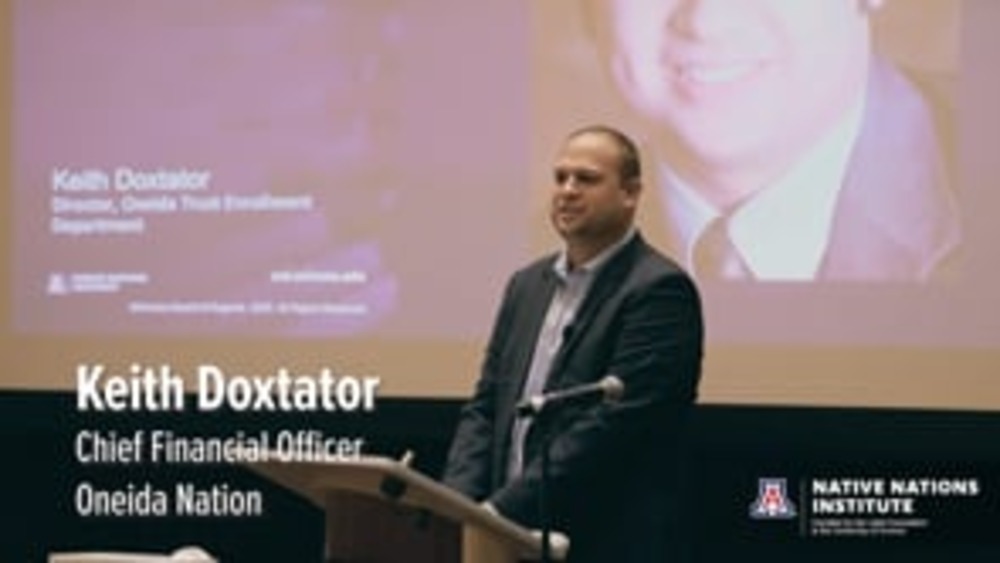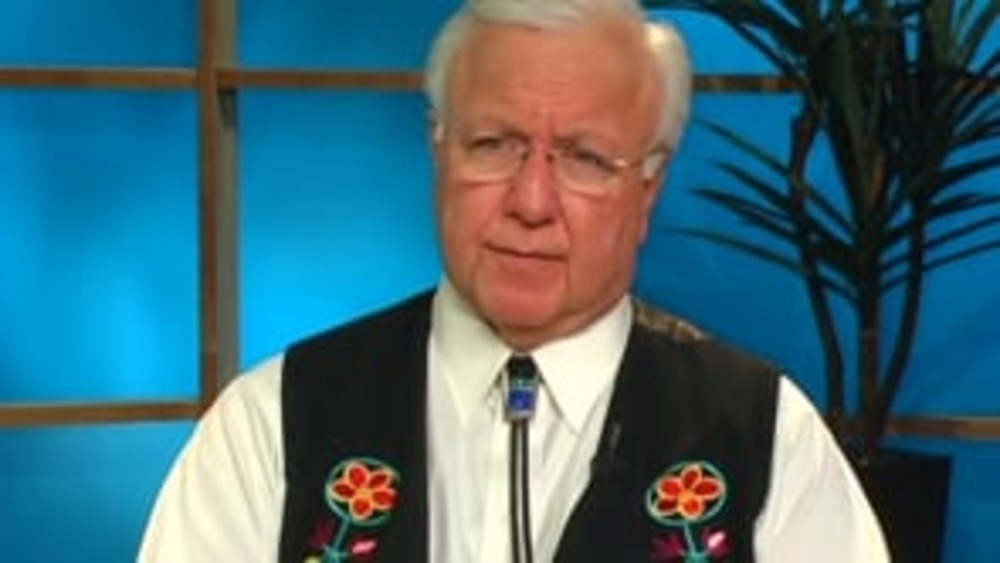A 3-minute clip of an interview with Chairman Barrett describing how Citizen Potawatomi Nation created a government structure and constitution that worked for the nation's large and very dispersed population.
Additional Information
Barrett, John "Rocky." "Constitutional Reform and the Citizen Potawatomi Nation's Path to Self-Determination." Leading Native Nations interview series. Native Nations Institute for Leadership, Management, and Policy, The University of Arizona. Tucson, Arizona. March 28, 2009. Interview.
Transcript
"We had to make some extraordinary efforts to bring our people back into involvement in the tribal government because we had some extraordinary historical events that dispersed our people, and there was a detachment from the tribal culture of 27,000 members. Nine thousand of them, basically 9,500, of them are in Oklahoma. The remaining are in eight, sort of, enclaves around the United States in California and Kansas and...well, here in Arizona there are about 1,500 in this immediate area. Where there are these groups of folks who have been two and three generations removed from Oklahoma, bringing them back into the culture and making the tribal governments something of value to those people that would make them -- or make them want to -- reassert their culture become a part of it. The tribe has to make itself of value to its people. And to accomplish that, you have to reach them first. And so this structure of government that we have now and that we have been evolving into since 1985 is unique in that it was, that was required because of the, this distribution of people of where our membership is located...The 2007 Constitution created a legislative body of sixteen, eight from inside of Oklahoma where we have approximately 9500 members -- a third of our population, but all of the tribes' territory, all of the tribes' assets, all of the tribes' revenues, and all of the areas, the territory over which it exerts governmental jurisdiction. And then two-thirds of our population are outside of Oklahoma, where we have for a 25-year period had a form of tribal consultation that we have promised would eventually be represented in the tribal legislative body, and have some input on funding and how the tribe performs its services. The concern on writing the constitution was how do you balance this territory, and assets, and jurisdiction with this population issue? The compromise was to put eight in the legislature from Oklahoma, eight in the legislature from outside of Oklahoma, and force a deadlock if the two can't come to a meeting of the minds. And that's basically what we have is a mandatory compromise between the interest of the larger portion of the population, and where the larger portion of the assets and the revenue is."



